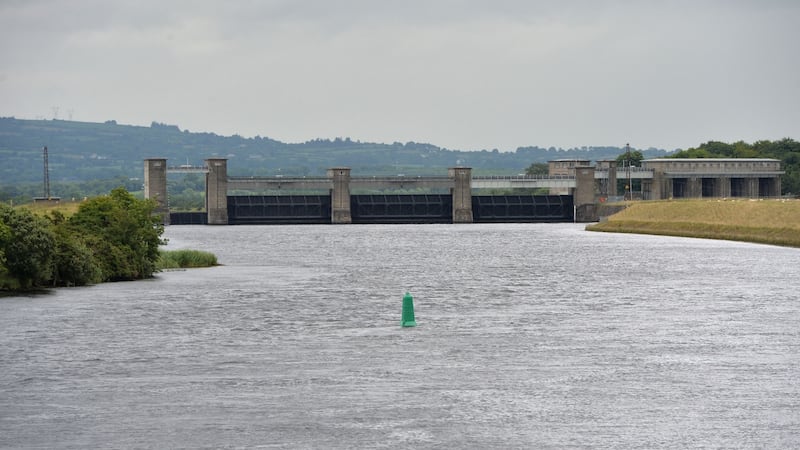The potential expansion of Dublin's Poolbeg incinerator has met with mixed reaction in Sandymount.
The operators of the plant have sought talks with An Bord Pleanála on the potential to burn an additional 90,000 tonnes of waste annually at the plant.
Green Party Cllr for Pembroke South Dock Claire Byrne said plans to expand the incinerating capacity would be "incredibly short-sighted," economically and environmentally.
“We need to move towards a more sustainable, circular economy, where we minimise the amount of waste being produced and reuse as much of it as we can,” she said.
Ms Byrne added the increase in capacity at the plant will cause great disruption to residents in the area.
"I get many complaints from residents of Ringsend, Irishtown and Sandymount of the notable increase in large waste vehicles in the area since the facility has been in operation. I have raised this a few times in council and an assessment is due to take place on Sandymount Strand this month.
“But we also need further monitoring as these vehicles are not sticking to the designated routes. We also need to extend air-quality monitoring in Poolbeg to include PM10 so we can measure the environmental impact of these extra vehicles. No further capacity should be considered without this.
“Valuable materials ending up in landfill or being burned is not the way to go. The Government would risk tying us into incineration for a generation. We can’t forget if the incinerator falls below a certain capacity the taxpayer picks up the tab.”
However, others living in the area are not opposed to the plant’s request for expansion. One resident said although she had “great misgivings” about the incinerator, it has not made much of an impact on the area. “I thought it would have a greater impact than what it’s actually having. The trucks carrying waste go around the East Link, so there are no big disturbances. We’ll have to wait and see if burning more waste will have an impact.”
Environmental specialist Adam Faughnan said although the increase in trucks is a justifiable concern, overall the plant is not having a negative impact. Mr Faughnan, who has carried out extensive research in environmental biology, said the plant is less threatening to the environment when compared to landfills.
“Anaerobic composition produces methane at higher levels. The thing with a plant is that you can treat gases coming off to decrease negative outputs and can also test it continually to know if anything changes,” he said. “You have to be pragmatic. Landfill does not work. It is not sustainable. Should the incinerator be where it is? Maybe not, but it’s doing a job that needs to be done.”













